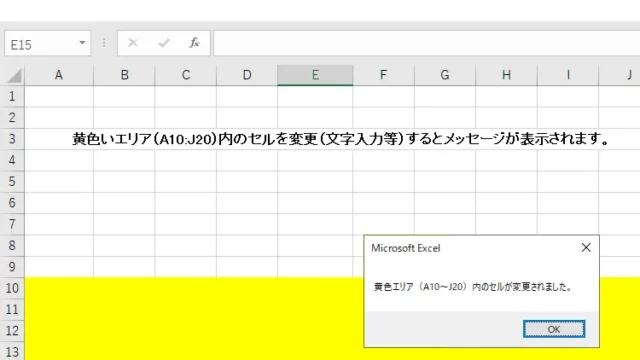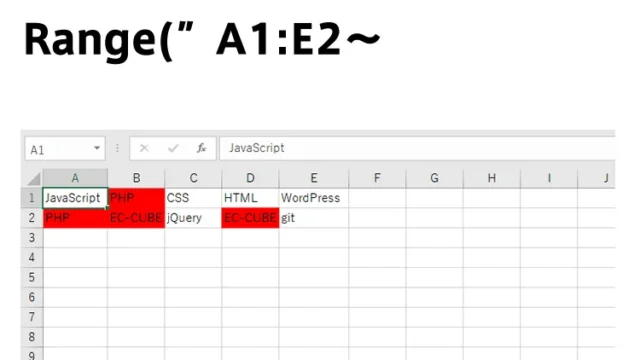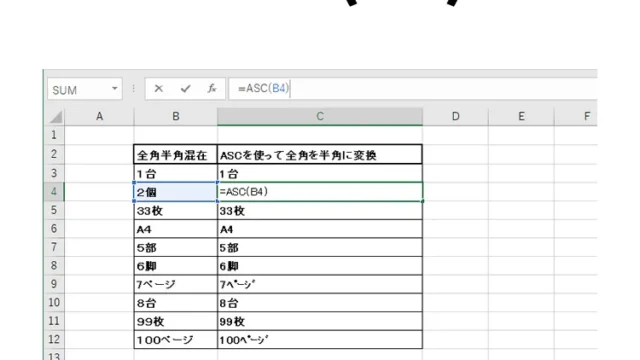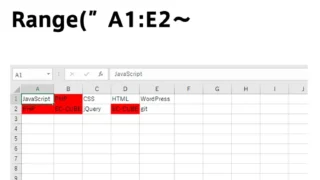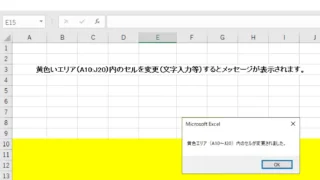Excel Smart Counting for Non-Consecutive Rows! How to Use the COUNTIF Function Effectively
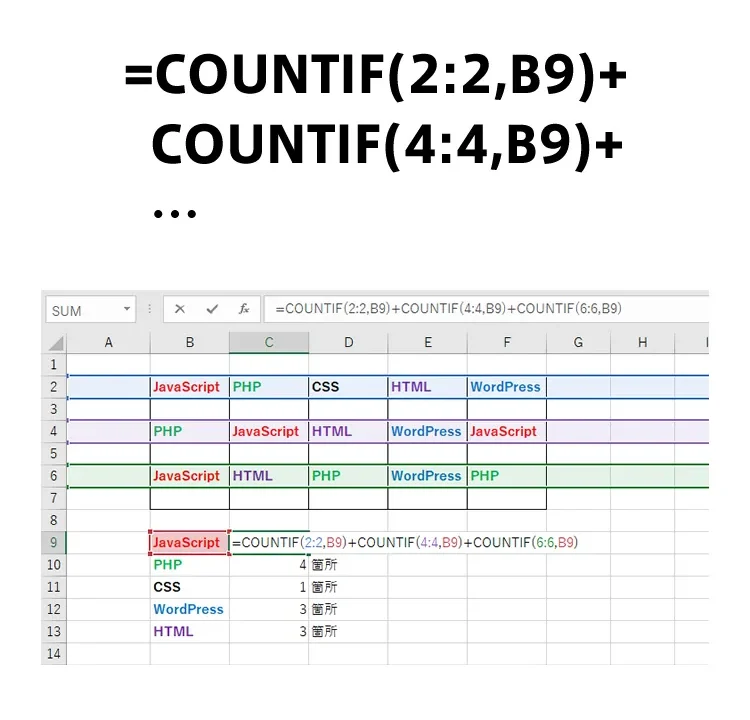
Did you know that Excel tricks can significantly boost your work efficiency? In this article, we’ll introduce a method using Excel’s “COUNTIF function” to find and count data that matches specific criteria across non-consecutive rows. This technique is useful in a wide range of situations, from data analysis to daily office tasks!
Understanding the Concept: Counting Specific Strings from Non-Consecutive Rows
First, let’s look at an example of the string you want to count. Suppose programming-related keywords such as “JavaScript”, “PHP”, “CSS”, “WordPress”, and “HTML” are placed in rows 2, 4, and 6. You’d want to know how many times each appears, right?
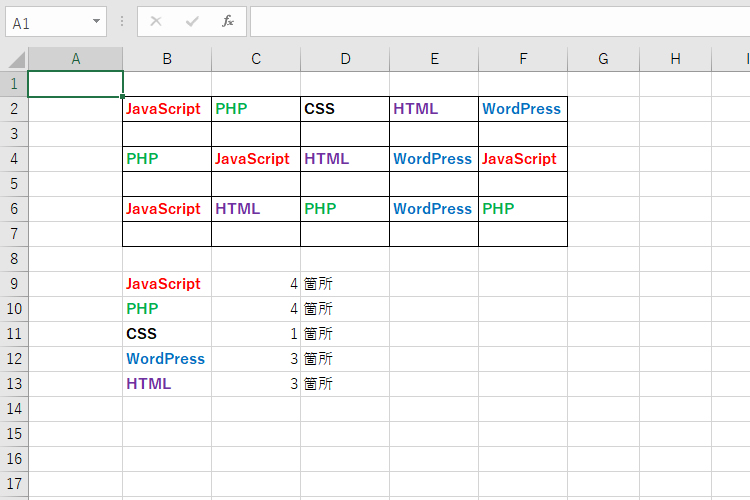
Basics of the COUNTIF Function
The COUNTIF function in Excel counts the number of cells that meet a specific condition. The basic format is “=COUNTIF(range, criteria)”. So, how can we use it to count data in non-consecutive rows?
For example, if cell B9 contains the string “JavaScript”, and you want to count how many times this appears in rows 2, 4, and 6, write it like this:
=COUNTIF(2:2,B9)+COUNTIF(4:4,B9)+COUNTIF(6:6,B9)
Using the COUNTIF function to count how many times a specific string appears across non-consecutive rows
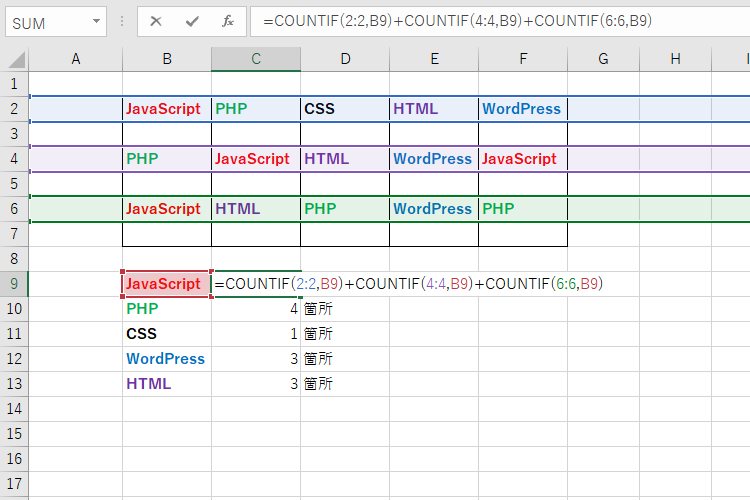
Practical Use Cases
The great thing about this method is its versatility. For instance, you can extract the number of customers from specific regions in a client list or count how many people gave a particular response in a survey. By combining multiple conditions, even more complex data analysis becomes possible.
Sample File for Practice: yo1tec/countif
To help you understand the technique explained in this article more deeply, we’ve prepared a sample file. Download it from the link below and learn by trying it yourself.
yo1tec/countif
Conclusion
By mastering the COUNTIF function in Excel, you can easily analyze even complex datasets. Use this technique to smartly solve data processing problems you encounter in your daily tasks. We hope this article enhances your Excel experience.
Final Note
That concludes our guide on using the COUNTIF function in Excel, from basics to practical application. For those using Excel in their daily work, be sure to try this technique and achieve efficient data analysis. Stay tuned for more useful Excel tips in our next article!
*Please use at your own discretion if reusing this content.
